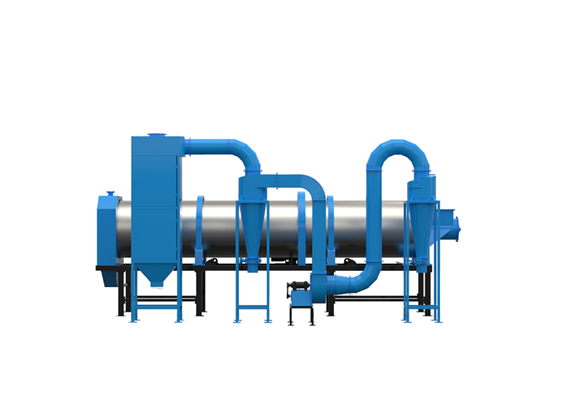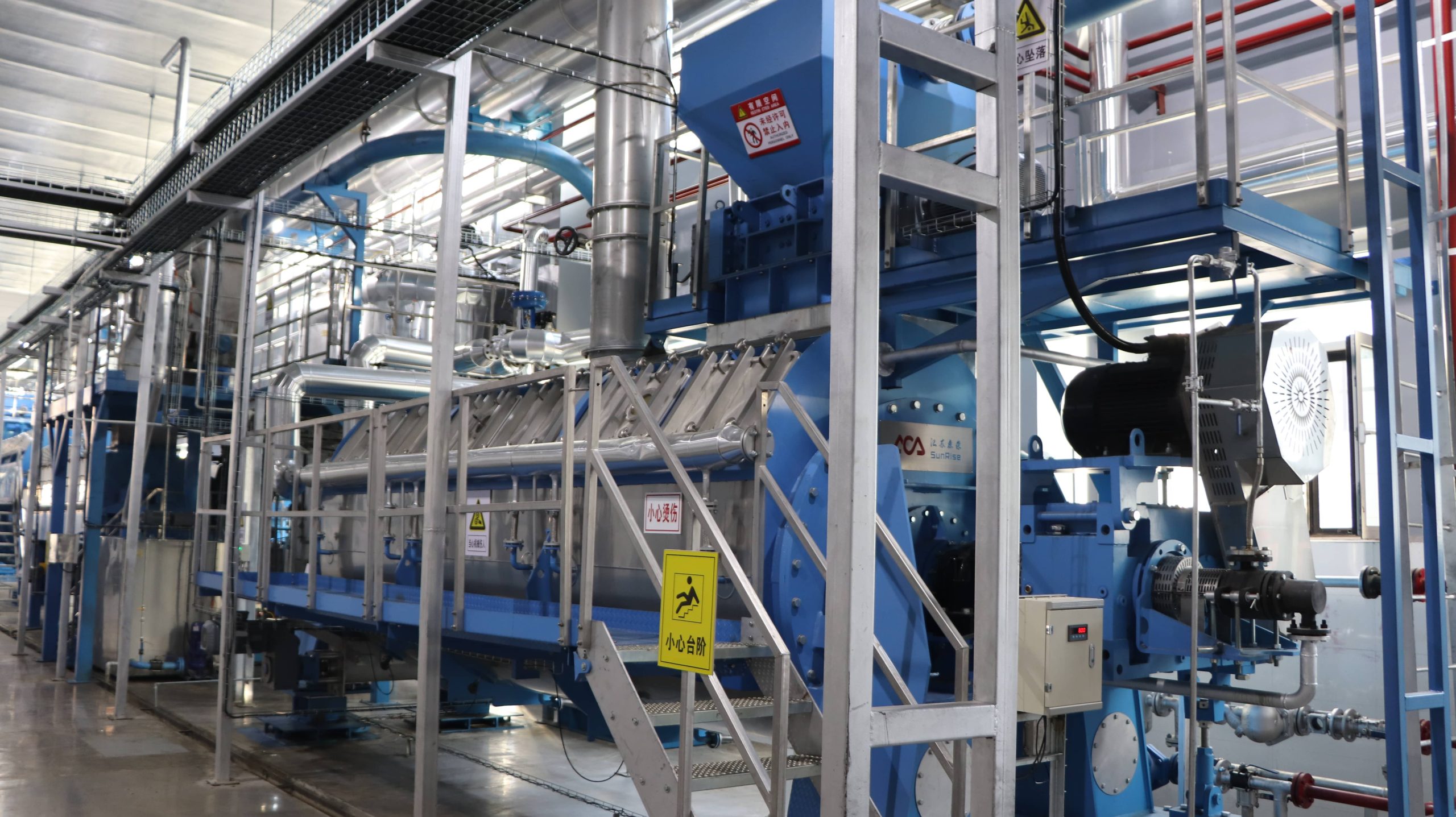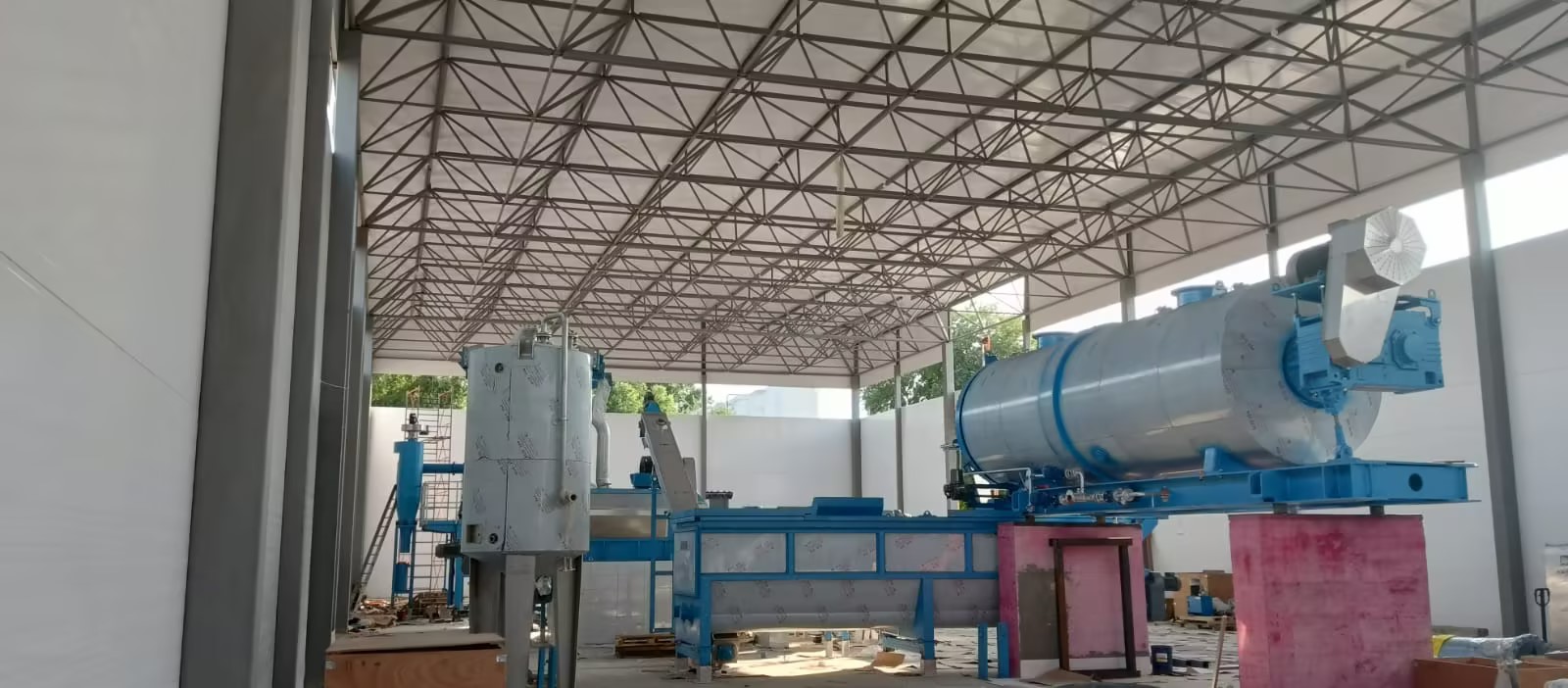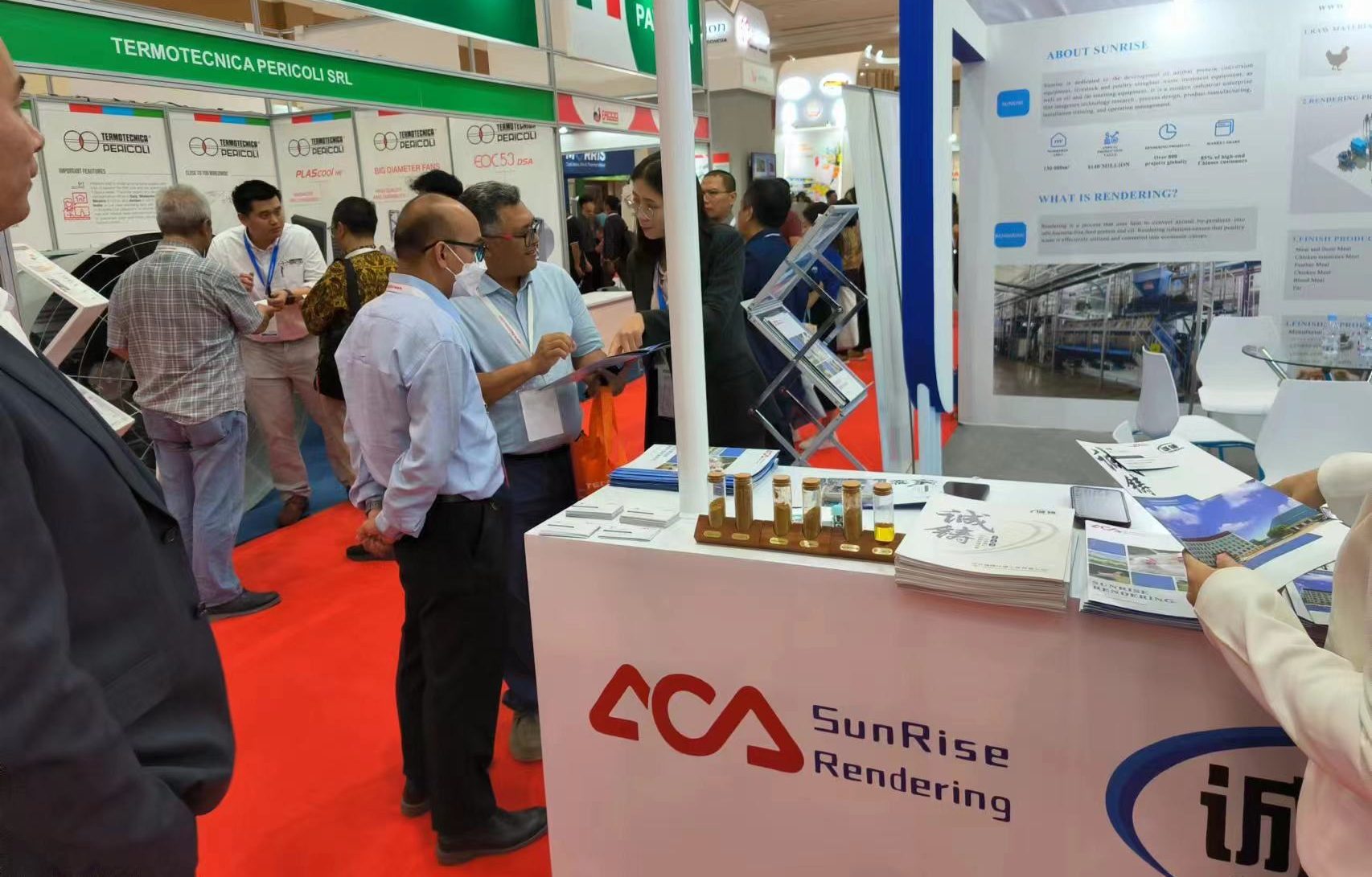
A comprehensive review of rendering plants
A comprehensive review of rendering plants
What is meant by rendering plants?
Have you ever considered what becomes of the rubbish we produce? Perhaps you’ve heard of landfills or recycling facilities, but rendering factories are a secret aspect of waste management that frequently goes unreported. These heroes are essential in turning organic waste, such as animal byproducts, into valuable goods and minimizing our environmental effects. We must investigate cutting-edge ideas in our search for a sustainable future so that they can not only lessen waste but also benefit the environment. In the field of sustainability, rendering plants are one such option that is gaining popularity.
The first step in the rendering process is gathering deceased animals from farms, slaughterhouses, and other processing facilities. From horses to chickens grown for food to cherished pets that unfortunately went away due to euthanasia by a physician or animal shelter, many houses may be home to one of our furry, feathery or hoofed companions. Some rendering facilities will accept live animals if their hooves have been removed so that their skeletons can be ground into bone meal for poultry feed supplements or into fish feed pellets for farmed fish like salmon or trout that are raised commercially in open water pens near shorelines where they cannot swim freely as they would in their natural environment in rivers or streams.
Working of rendering plants:
- Animal by-products are converted into useful commodities in rendering factories. Turning animal byproducts into useful goods depends on the rendering machine. The material is ground in the grinder before being boiled and filtered to yield the appropriate end products, including glycerine, fats, and grease.

- Batch boilers and continuous cookers are the two pieces of equipment that render fat in rendering factories. In a single session, a batch boiler processes enormous amounts of fat. On the other hand, the continuous cooker operates on a much smaller scale while producing consistently excellent results. It is a by-product since up to half of every animal raised for food is unfit for human consumption.
- Rendering plants stops meat and animal byproducts from becoming dangerous if not managed properly. Strict veterinary guidelines govern the rendering business to stop the spread of zoonoses and animal diseases. Water, protein, and fat are the three primary byproducts of rendering. After being cleaned, water is released into the environment. Various items, such as feed, fuel, and fertilizers, require protein and fat.
What is the goal of rendering plants?
Any rendering plants main concern is making money, so making an effort to remove things like guts, eyes, feathers, hair, bones, and rancid restaurant oil is not worthwhile. For edible rendering, it is not necessary to identify animals that have passed away naturally.
- The final result will determine the rendering plant’s process. One method involves cooking the soup past the boiling point and drying it out. It is pulverised into a powder for bone meal or recycled meat for domestic, zoo, and agricultural animals.
- Fish, cattle, pigs, poultry, sheep, and dairy animals regularly consume the rendering factory’s byproducts. Natural herbivores, for the most part, these animals have evolved into carnivores and frequently cannibals for economic purposes.
The rendering facility also creates “edible rendering” items for human consumption. In this method, edible components (mainly fat) are chopped, cooked at low temperatures, and then the liquid and fat are separated from the particles using centrifugal force. Given how much meat is consumed globally today, the rendering plant business is essential to finding a solution to the issue of animal carcasses. This recycling from abattoir waste is necessary for unchecked virus and bacterial outbreaks to be hazardous. Making candles, soap, ghee (clarified butter), and lard via the rendering process has been a craft practised in homes and businesses for generations.
Which merits rendering plants offer?
Rendering is key in bringing virtual worlds and characters to life in 3D animation and visual effects. The rendering process is crucial to the success of any project, be it a blockbuster movie or a video game. However, how precisely do rendering plants operate? What special difficulties do artists in this field face? As we dig into their realm, we’ll investigate rendering plants’ role in this blog article. By turning animal byproducts and waste materials into various usable items, rendering facilities are essential to our civilization. We can learn a lot about how these facilities function and affect the economy and environment by comprehending how they operate in a complex way.
- The fact that converting animal products is one of the oldest recycling techniques and even helped to create the modern food business is its greatest benefit. Disposing of these waste products would be a major issue without the industry.
- They may be rendered to produce things like rubber, plastic, soap, and even gasoline. These products would also deteriorate considerably more quickly without rendering (imagine the stench!). They become more spoiled-resistant after rendering.
- Grease, animal feed, and fat may be produced at low-cost thanks to the rendering sector, which is crucial to the steel rolling sector. Animal waste would be a financial and environmental burden if the business didn’t exist.
Conclusion:
The handling of waste materials and animal byproducts is greatly aided by rendering plants. The processing of animal corpses, trimmings from slaughterhouses, and other organic waste at these plants produces valuable goods such as fertilizers, biodiesel, and animal feed. SunRise is a complete environmental protection technology limited business focusing on treating solid waste and producing animal protein, oil, food, and other products, including nutrients and biotechnology. Our business has spent a century in Europe introducing and assimilating technologies for project processing, manufacturing equipment, and effective management. Deep market expansion on both local and international fronts, as well as delivering services of the highest calibre and providing the ideal solution for consumers.



